
Acer palmatum - Japanese maple : how to prune ?
bonsai, niwaki, and pruning
Contents
Japanese Maples are bushes that amaze us with their graphic architecture and foliage that takes on exceptional colours throughout the seasons. They naturally have an elegant silhouette and it is advisable to carry out gentle pruning to allow them to grow freely, pruning as little as possible, as excessive pruning can weaken them. Moreover, wounds create entry points for diseases (such as verticillium wilt), to which they are susceptible. Whenever possible, avoid intervening on young plants, except for bonsai pruning.
You may choose to intervene to highlight their elegant silhouette and aim for a particular effect: either to create bonsais with very severe pruning, or to prune them into niwaki (or clouds), for a remarkable graphic effect that will look wonderful in a zen garden, or simply to carry out maintenance pruning.
Before intervening, we advise you to disinfect your tools: Japanese maples being quite sensitive to diseases, this will help prevent transmission from one plant to another. Whenever possible, make clean and precise cuts, using pruning shears with sharp blades. Similarly, applying sealant on larger wounds will limit the risk of diseases or fungi settling in and contaminating the plant. Healing will be facilitated.
Bonsai pruning
With their very graphic architecture and slow growth, Japanese maples are bushes suitable for bonsai cultivation.
- Perform a structural pruning in late autumn, as soon as the plant has entered its dormant phase. This is quite a severe pruning, which allows you to give it its general shape. Before acting, take the time to carefully observe the silhouette of the bush and visualise the shape you wish to achieve.
- During the growing season, carry out maintenance pruning to remove any poorly positioned, damaged, or unsightly shoots. This helps refine the shape of the bonsai. Use scissors to prune mainly the shoots located at the tips, and remove those with very spaced internodes.
- At the beginning of summer, proceed with defoliation: cut the leaves of your maple to stimulate the appearance of new, smaller, and denser leaves. Be careful: avoid performing this pruning on a subject that is already weakened or sick. You can do this every two years, avoiding the year of repotting, to not further disturb the plant.
When performing significant pruning, you should also cut the roots to the same extent, to balance the root volume and the aerial volume.
We recommend applying mastic to the larger wounds to facilitate healing.
Water your bonsai daily, especially in summer. Provide fertiliser at least once a month. Repot every two years in spring, trimming some of the roots.
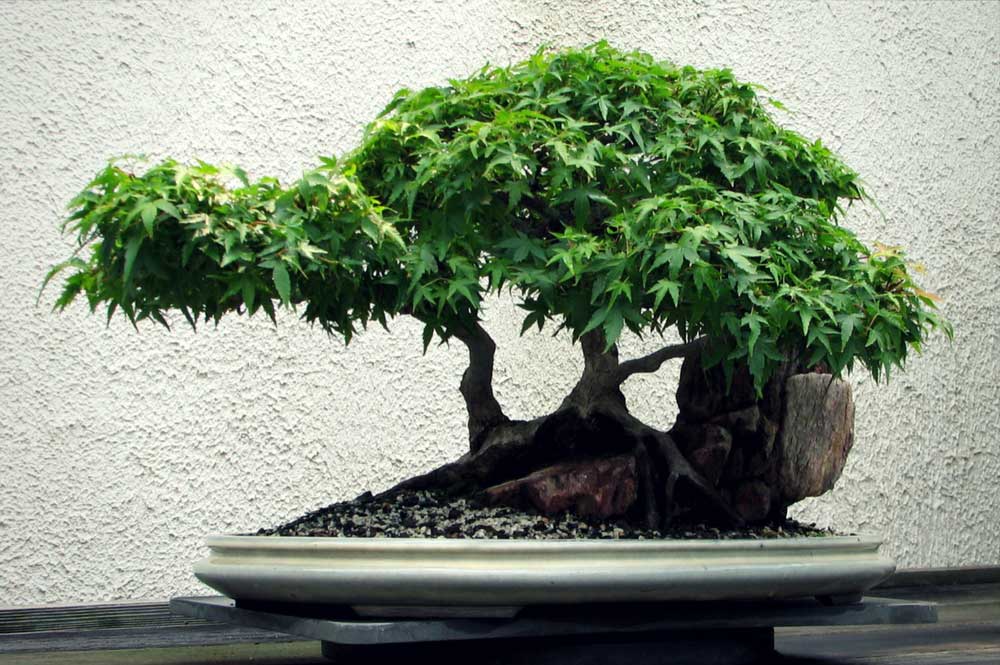
Acer palmatum ‘Kiyo-Hime’, pruned as bonsai! (photo Ragesoss)
The training pruning in niwaki
Niwaki pruning, or cloud pruning, is an ancient Japanese pruning technique. It highlights the architecture of the tree and showcases the unique shape of the trunk. It enhances certain characters of the plant, creating the impression of an old tree with a twisted, tortured trunk that has endured the ravages of time… The bush simultaneously takes on a very airy appearance that allows light to pass through. Plants pruned in niwaki style integrate beautifully into zen gardens.
Perform structural pruning between late autumn and early spring, while the tree is dormant. This allows you to give it its overall shape. Form the clouds when the plant is in growth, from spring to autumn.
- Preferably select a bush with a twisted or leaning trunk. If you have a choice, avoid the straighter specimens.
- Before intervening, take the time to carefully observe the overall architecture of the plant. Start to visualise the shape you wish to give it.
- Remove dead or damaged branches, then select the main branches, preferably horizontal branches that are spaced apart. You can also artificially bend them using strings or ropes. Eliminate other small branches and twigs by cutting them back to the base, leaving only clouds of leaves at the tips of the main branches. Distribute these clouds evenly and spaced throughout the tree.
Prune the clouds of leaves at the tips of the main branches. They should form horizontal layers, with enough space between them.
Discover other Japanese Maples
View all →Available in 6 sizes
Available in 1 sizes
Available in 1 sizes
Available in 1 sizes
Available in 1 sizes
Available in 4 sizes
Available in 1 sizes
Available in 3 sizes
Available in 2 sizes
Available in 3 sizes
Cares after pruning
Japanese maples do very well without pruning; however, you may choose to intervene to restore a harmonious and balanced shape. Prune in winter, when the tree is dormant, to give it its general form. Remove damaged or malformed branches, as well as those that overlap or cross each other. You can also carry out light pruning during the growing season, from spring to autumn, to identify and remove dead wood, which is much more visible during this period.

The elegant and graphic silhouette of Acer palmatum! Here, at the Botanical Garden of the University of Münster in Germany (photo Rüdiger Wölk, Münster)
- Subscribe!
- Contents
































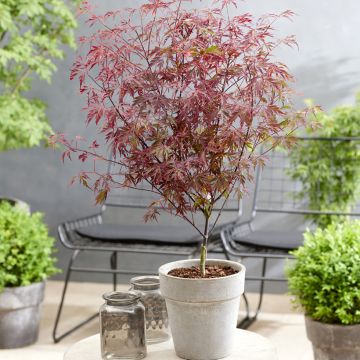

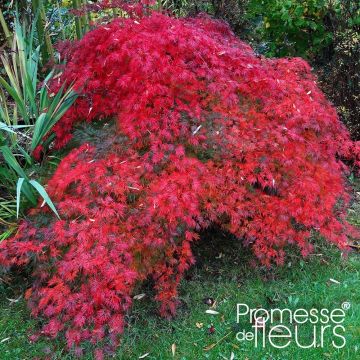
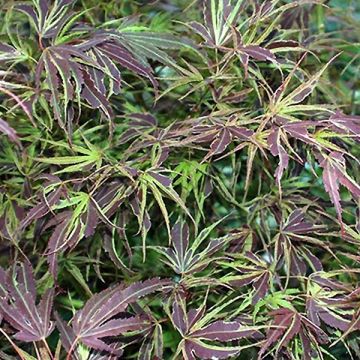


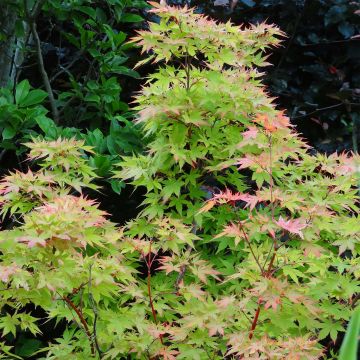
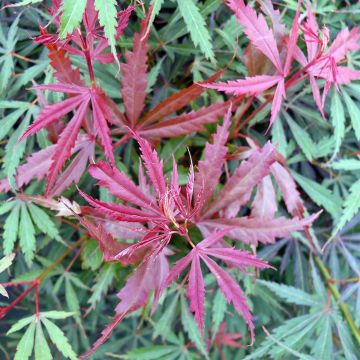
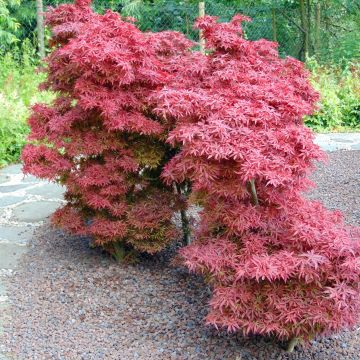
Comments